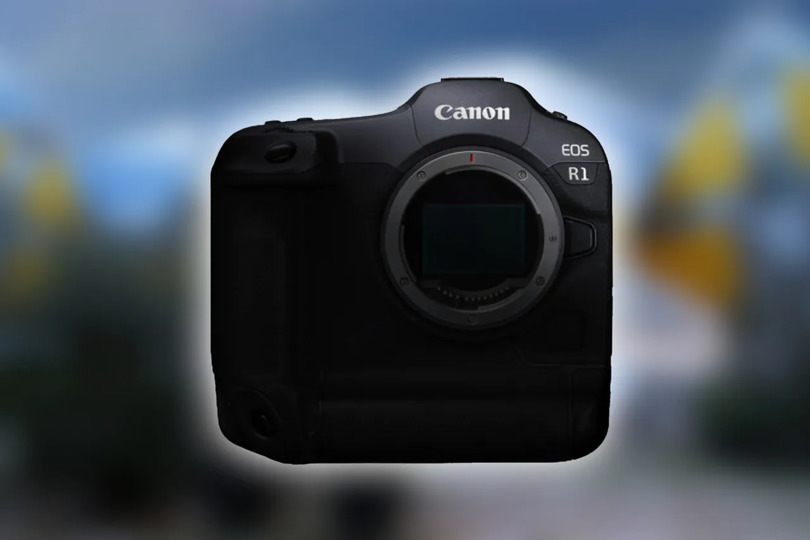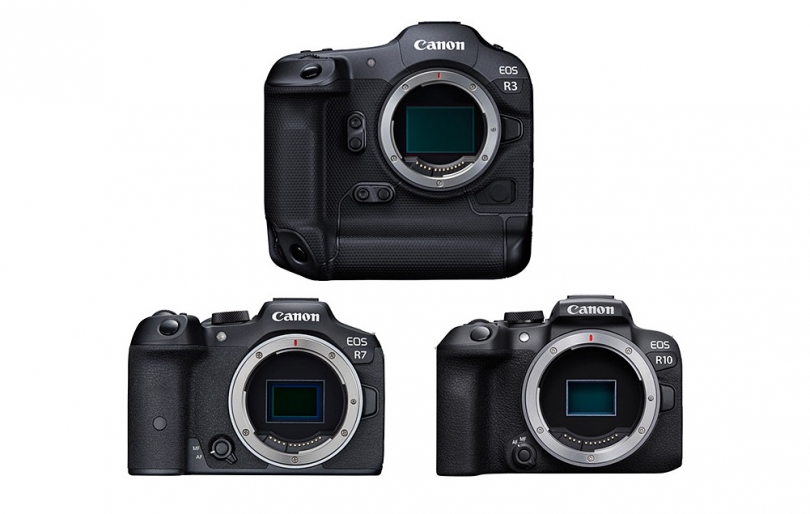
So, the wait is over and Canon has finally revealed the EOS R as its first full-frame mirrorless camera. The photo industry has been quick to splash images and headlines about the EOS R over the internet, but if you dig a little deeper into the specifications, you’ll discover some really impressive engineering and features.
Here’s nine cool things you may have missed….
1 - The drop-in filter mount adaptor:
Canon has actually launched three mount adaptor options. The standard EF-EOS R adaptor, a Control Ring EF-EOS R adaptor that adds the control ring found on RF lenses to adjust exposure options (aperture, shutter speed, ISO, exposure compensation) and a special Drop-In Filter adaptor. The drop-in mount adaptor allows users to insert drop-in filters, rather than having to fix them to the front of the lens. There are two filters available - a circular polariser filter (typically used to saturate skies and remove sheen from surfaces) and a variable ND filter (ND1. 5-9-stops), which can artificially extended exposure times to introduce movement into the frame for creative effect. The variable ND filter will also allow videographers to shoot at large f-numbers without overexposing the footage.
Use ND one ND filter for any lens.
2 - Mount design:
So, here’s the clever engineering. The RF lens mount has the same inner diameter as the EF lens mount, but with no mirror the rear element is closer to the sensor. This design results in improved image quality, particular in the corners and outer edges of the frame. The design also affects the front end of the lens, allowing the design to be smaller than equalivant DSLR lenses. The RF lens mount also uses 12 electronic contacts to speed up communication between lens and camera, resulting in faster autofocus.
The new mount will improve image quality.
3 - Monitor specs:
The 3. 1-inch LCD is not only touch-sensitive, allowing photographers to touch the screen to establish focus or swipe through images when in review mode, but also features the highest resolution of any EOS camera.
The LCD packs plenty of resolution.
4 - Extension tubes and teleconverters:
Many wildlife and macro photographers use accessories such as extension tubes or a teleconverter to get closer in to a subject. Both of these types of accessories can be used with the new EOS R thanks to the mount adaptor. There are exceptions to the compatibility as EOS-M and Canon’s Cine lenses are not currently compatible.
5 - Lighting accessories:
All Canon EX Speedlights (including Canon’s macro light accessory) are compatible with the EOS R, so photographers won’t have to reinvest in any new lighting equipment. The EOS R has a max flash sync speed of 1/200sec, can be used in High Speed Sync mode up to 1/8000sec and there is a flash PC socket on the EOS R’s optional BG-E22 battery grip. All the triggers current Canon DSLR photographers use, will work for the EOS R too.
Use any Canon flashgun with the EOS R.
6 - Batteries:
Got a load of batteries from your Canon DSLRs like the 7D MkII, 6D or 5D MkIII/MkIV? That’s cool because the EOS R uses the same LP-E6 battery. When used on the EOS R, Canon says the battery gives around 350 shots or 2 hours 20 minutes video use.
There's no need for full-frame Canon DSLR users to invest in new batteries.
7 - Autofocus:
So here’s a great stat; Canon says that the new EOS R has 40 times the processing power for autofocus-related data compared to Canon’s 5D MkIV DSLR. The ability to focus down to -6EV means the EOS R should be able to operate in near darkness.
8 - The new FV mode:
This new semi-automatic exposure mode is best described as a combination of aperture priority and shutter priority that allows the photographers to change manually change exposure values selected by the EOS R to those desired by the photographer.
There is a flash PC socket on the EOS R’s optional BG-E22 battery grip.
9 - Storage and file formats:
What may surprise some is the fact that the EOS R only has one storage slot for a UHS-II SD card and there is no built-in image stabilisation (IBIS). However, the EOS R does shoot the latest Canon CR3 RAW file format and, like the Canon 5D MkIV, offers Dual Pixel RAW support so the focus in images can be tweaked in post processing.
. digitalrev.com2018-9-6 03:00






